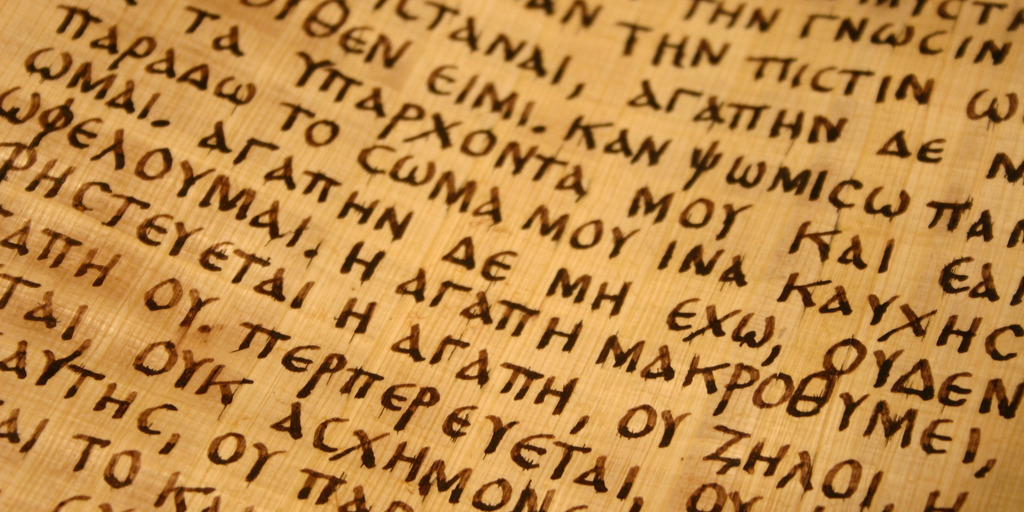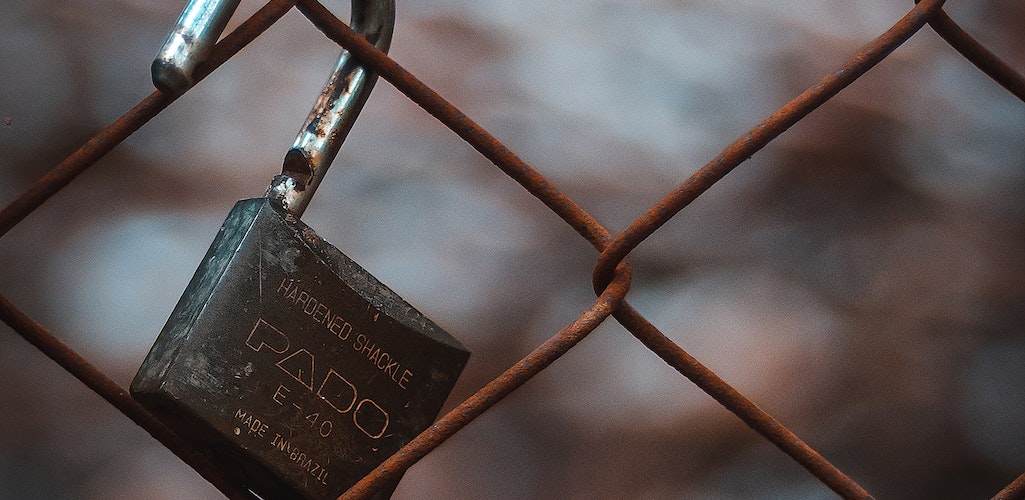The Lord is Risen Indeed

THE FACT ITSELF!
The Patriarch Job considered two questions of far-reaching importance in the course of his discussions with his friends: The first "How should man be just with God?" (Job 9: 2); The second "If a man die shall he live again?" (Job 14: 14); but to neither of them could a clear and conclusive answer be given. In Job chapter 9, we see Job's attempts at answering the former question, and how he discards his attempts one by one as worthless, and ends with a cry for a "daysman," or mediator; a cry that was not to be satisfied for perhaps two thousand years. In Job chapter 10, we find him reasoning in favor of resurrection by the analogy of a cut-down tree, which after years springs to life at "the scent of water." He believed that there would be a resurrection, as the fruit of spiritual intuition coupled with reason, for he could not fall back upon any definite word from God as settling the point. A strain of great pathos runs through both chapters.
Today we occupy a far more privileged position than he, for the Lord Jesus has appeared and has "brought life and immortality [incorruptibility] to light through the Gospel" (2 Tim. 1:10). His death and resurrection supplies us with the answer to both questions. If He is risen, we may be justified, and the fact of resurrection is put beyond all question.
When the Apostles preached the Gospel at the outset, they used the resurrection of Christ as the spearhead of the thrust which it makes at the consciences and hearts of men. The priestly class in Jerusalem at that time were Sadducees in doctrine, and hence the impact was felt most keenly by them. They were stirred to fury when the Apostles "preached through Jesus the resurrection from the dead." What did they do in their efforts to counteract the apostolic witness?
They imprisoned them, they beat them and commanded them not to preach in the Name of Jesus, they threatened them, they even martyred Stephen. One thing, however, and that the one conclusive thing, they did not do. They did not meet them with bold and flat denials, giving conclusive proof that Christ was not risen, and that the Apostles were tricky impostors. They did not do it, because they could not do it: it was not possible.
As we read the opening chapters of the Acts, and remember this, Matthew 28:11-15 becomes more significant. These same Sadduceean priests had stooped to a big act of bribery in connection with the soldiers ordered to watch the grave - and committed themselves to an even more expensive act of bribery, if necessary, in connection with the Governor - in order to pervert their witness to His resurrection. Yet it is evident that, when only a few months had passed, the lie they had winged on its way had proved itself too fragile to be depended on. They dared not take their stand upon it.
"With great power gave the Apostles witness of the resurrection of the Lord Jesus," and signs and wonders were wrought by God in confirmation of their testimony. A notable sign was the cure of the lame man that for many years had lain at the Beautiful gate of the temple. This specially raised the ire of the chief priests because the whole episode was a notable ratification of the resurrection, and in Acts 4 three things are emphasized in connection with it. Much as they longed to invalidate its witness, (1) "they could say nothing against it" (Acts 4: 14); (2) they had to confess, "we cannot deny it" (Acts 4: 16); and (3) they found "nothing how they might punish them" (Acts 4: 21).
We all know that when men are confronted with a fact they hate, they will deny it, if they can. If they cannot deny it, they will speak against it; criticizing the mode or the method of the thing, when they cannot refute the substance of the thing. Lastly, as a more desperate expedient, they will attack and persecute those who witness to the fact, if they furnish them with the smallest pretext for it. All three devices failed in connection with this miracle; and it would be equally true to say that they failed against the truth of the resurrection of Christ, to which the miracle bore witness.
Had there been no resurrection, the first few years, when the assertion of it was fresh in everybody's mind, was the time when the imposture would have been easily exposed. The attempt that was made, and supported by bribery, obtained a certain currency among the Jews, but evidently they never dared to produce it in public as evidence, where sifting and examination of it could take place. This is most significant.
What we have been pointing out is in the nature of negative evidence in favor of the truth of the resurrection. It is strong, but the positive evidence is even stronger.
In the early verses of 1 Corinthians 15, Paul cites six witnesses, or groups of witnesses, all of whom vouch for it that they actually saw Christ risen from the dead - Peter; the Twelve; five hundred brethren at once; James; all the Apostles; Paul himself. The list of witnesses is by no means exhaustive, for he might have cited the occasions on which He was seen, recorded in Matthew 28:16; Luke 24:13-31; John 21:1-14; and other occasions alluded to in Acts 1:1-11; to say nothing of the occasions when He showed Himself to some of the women who believed. The six cases he does cite were however quite sufficient witness: three individuals, and three groups.
Look at the three individuals. Their epistles show us the kind of men they were. Peter was warm-hearted and impetuous, yet a broken-hearted man, when he saw the Lord in resurrection. James was evidently a calm man of judicial and even critical mind. Paul was a bitter opponent up to the moment in which he saw the Lord in His risen glory and the sight transformed him utterly. Very different were they in upbringing and temperament, yet their very differences render their agreeing witness the more impressive.
Add to this the witness of the three groups. Of a solitary individual it might be alleged that he was impressionable by nature, a bit of a visionary; but this could not be said of the Twelve, nor of all the Apostles. An alleged appearance to an individual might have been something very secret, a kind of hole-and-corner affair; but it would be impossible to say this about the occasion when He appeared to five hundred brethren at once. No fact of history is better attested than the resurrection of the Lord Jesus.
Two men, living about the middle of the eighteenth century, Lord Lyttleton and Gilbert West, wrote books which became famous; the former on the conversion of Saul of Tarsus, the latter on the resurrection of Christ. Both were unbelievers, and swayed by the type of infidelity popular in their time, they felt the time had come to administer a death-blow to Christianity. They selected these two themes believing them to be the most vital points in the line of Christian defense. If the resurrection could be proved a myth, and Saul's conversion a delusion, then the defeat of Christianity was assured. They agreed upon their tasks, separated to study their themes and write their books; and when they met with their completed works, they discovered that they each had written in exactly the opposite sense to that which they had intended. Both had been convinced of the reality of that which they had disbelieved. Saul's conversion had about it every mark of reality.
The evidence for the resurrection of the Lord Jesus was complete and convincing.
We can say, "The Lord is risen indeed!" with confidence and exultation.
In the earlier days of the Soviet regime in Russia a certain "comrade" named Lunatcharsky lectured for an hour and a half in Moscow against Christianity. He aimed at proving it to be a superstition without any basis in fact. Having finished he proposed a discussion, but stipulated that no speaker should occupy more than five minutes. A young man in the audience, deeply moved, mounted the platform, saying he would not require so long a period as that. Standing in front of the throng, he gazed at them and then in loud tones gave the well-known Russian Easter-greeting, "Brothers and sisters, Christ IS risen." The whole audience rose as one man and thundered out the response, "He is risen indeed." The young man turned to the lecturer and said, "I have nothing more to say."
And in truth on that point nothing more needed to be said. The evidence for the resurrection had long before been tested to the utmost. The truth of it remains unshaken.





